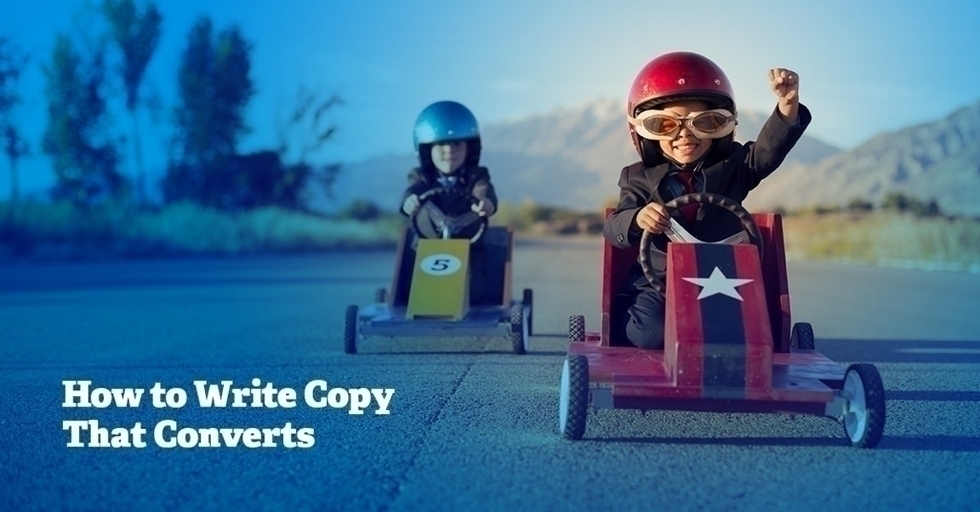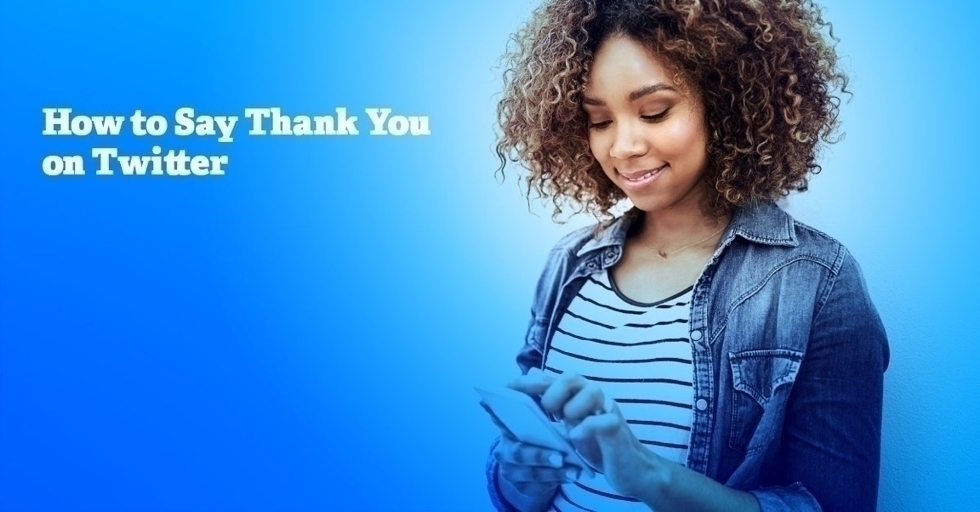
It’s quite possible to have fantastic copy that just doesn’t convert. The ‘Conversion Equation’ helps you understand the science and art behind writing content that triggers action.
When we talk with customers, a conversation has often popped like like, “We want our project to be like Apple because.....”
It’s a great goal, but Apple is a unique business that’s in a very different place. Why? Because for the most part, Apple doesn’t need to convince you to buy the next iPhone.
Chances are, you already have ;)
This means Apple can focus on telling their brand story and experience - without trying to persuade leads.
The rest of us need to to be like savvy lawyers, presenting a compelling argument to the jury.
Does this mean there’s no place for brand copy if you’re not Apple? Of course not. There’s always a place for it, but to sell your product or service you need to offer a compelling case why you’re the one to choose.
Creating a Compelling Case Requires User Feedback

For this compelling case to be effective, it needs to have a thoughtful design based on user feedback and persuasive copy that speaks in your customer’s language. Good user experience comes from:
Listening to feedback via tests, polls, interviews and recordings
Good data (analytics) about what’s working and what isn’t
Search Engine Optimization (SEO) that speaks to what users are searching for without making empty promises
Digital Marketing that promotes to the right audience at the right time
When utilized effectively, learning from your audience and improving your user experience also helps define your customer’s language. What words and phrases do they use? What search terms do they frequently query?
These factors work together to help you convert more users for your product or service.
It’s a lot to tackle. Let’s get you started with writing copy that converts.
In a recent ConversionXL class our team took, Product Messaging & Sales Page Copywriting, the instructor Momoko Price explained this principle extremely well. She summed it up by referencing MECLabs’ ‘Conversion Sequence.’
[Quick Aside: Our team is committed to providing you the best service possible. To do so, we’re continually learning and improving. We invest in classes through companies like ConversionXL and attend industry conferences. This helps us stay up-to-date with the latest techniques and best practices. If you have a great resource you’d recommend, please shoot it our way. We’re always looking for additional opportunities.]
Copy that Converts Utilizes the ‘Conversion Sequence

Probability of Conversion = 4Motivation + 3Value + 2(Incentive-Friction) – 2Anxiety Over Your Trustworthiness
In some ways, it’s misleading to call this a sequence. It’s symbolic in nature. It’s more of a way to help you wrap your head around what convinces a client to convert and what keeps a prospect from buying.
To sum it up, your probability of conversion is impacted by the amount of motivation your customer has in addition to how much value your product provides to their current need. This is balanced and offset by any incentives you offer and any friction that makes it harder to buy or any worry they have about buying from you.
You can’t control their motivation, but you can work on your value. You can do so by:
Offering better incentives (like free shipping)
Removing friction (like unclear language or technical issues)
Negating anxiety (adding more social proof, reviews or guarantees)
Let’s break the sequence down:
4*Motivation

Most customers don’t purchase your product or service because they think you’re a nice guy. Those splurges are typically reserved to Girl Scout cookies and walk-a-thon donations.
Rather, their purchases are motivated by one of three reasons:
Fear of a potential outcome
Desire to obtain an item or status level
Love of another or self
The key is to identify what is motivating your customer, what potential outcome, status level or person. Take the following products and services as an example:
Solar Light
Motivation: Fear of dark, unlit areas that pose safety hazards.
Car Detailing
Motivation: Desire to have your car look nice.
Concert Tickets
Motivation: Love of music.
3*Value

How much does your product or service enhance your customers’ lives? That’s the value. Does your product keep them safe? Does your service bring them joy? Are you able to give them a once-in-a-lifetime experience?
While some customers may value your product or service for different reasons, there is typically a common theme of solving an immediate need or problem. For example:
Solar Light
Motivation: Fear of dark, unlit areas that pose safety hazards.
Value: Adding light easily to provide safety.
Car Detailing
Motivation: Desire to have your car look nice.
Value: Protecting your paint so it maintains a like-new finish.
Concert Tickets
Motivation: Love of music.
Value: Hearing world-class musicians.
If there is more than one motivating factor, don’t shy away from them. Yes, you’ll typically want the most common theme to have the biggest presence. But, you can still speak to the other motivating factors. By breaking up your text with headers and utilizing different pages of your website, you can target more than one audience.
2*(Incentive-Friction)

Incentive is the deal you are offering or the advantage of your solution. This might be a sale price or a special add-on feature.
Friction is the factor holding your customers back. This could be your price point. It might be unclear language describing your service. Or it could be a technical issue with your site like a JavaScript error or a checkout issue. It’s anything that makes it difficult for people to complete your goal.
Both incentive and friction can vary from customer to customer. And, these factors can change over time as your business introduces perks and eliminates friction points.
Following the same examples above, these could be potential incentives and friction points:
Solar Light
Motivation: Fear of dark, unlit areas that pose safety hazards.
Value: Adding light easily to provide safety.
Incentive: Special summer pricing.
Friction: Installation required.
Car Detailing
Motivation: Desire to have your car look nice.
Value: Protecting your paint so it maintains its like-new finish.
Incentive: Interior vacuuming with any exterior buffing.
Friction: Cost.
Concert Tickets
Motivation: Love of music.
Value: Hearing world-class musicians.
Incentive: Discount for early season subscribers.
Friction: Non-Mobile Friendly Shopping Cart.
2*Anxiety Over Your Trustworthiness

Trust is a huge barrier when it comes to purchasing. This is especially true when it comes to buying higher price point items. Your customers want to know they’re going to get what they’ve paid for.
There are a few ways you can build trust with your potential customers:
Word of Mouth - If your customers start singing your praises to their friends and family, you’ve hit marketing gold. Nothing convinces a potential customer more than hearing your business praised by someone they trust.
Testimonials - Similar to word of mouth marketing, testimonials provide social proof that others have used and recommend your product.
Facts - As you developed your product, did it undergo extensive research and testing? There’s a good chance those facts are what made you believe it was a worthy investment. And, they can help convince your customers too.
Using the same examples, here are some of the anxiety pain points customers might be experiencing.
Solar Light
Motivation: Fear of dark, unlit areas that pose safety hazards.
Value: Adding light easily to provide safety.
Incentive: Special summer pricing.
Friction: Installation required.
Anxiety: Don’t know the brand.
Car Detailing
Motivation: Desire to have your car look nice.
Value: Protecting your paint so it maintains its like-new finish.
Incentive: Interior vacuuming with any exterior buffing.
Friction: Cost.
Anxiety: Not sure it’s worth the expense.
Concert Tickets
Motivation: Love of music.
Value: Hearing world-class musicians.
Incentive: Discount for early season subscribers.
Friction: Cost.
Anxiety: Not sure the program will be what they want.
Pro Tip:
Avoid over the top phrases and superlatives like, “The Best Coffee in the World.” Only Buddy gets convinced by that one ;)
Instead, use language like, “Named Best Of Beauty 2016 by Allure Magazine.” This will show much more credibility when your statements are based in fact.
Motivation Remains the Most Important Factor

When it comes right down to it, motivation is the most important factor. Remember to always ask yourself, “What does my customer want?”
Because when your customer buys tickets to the symphony, they’re not buying a piece of paper. They’re buying a lovely evening.
And that’s the kicker of it. That’s what can make it so hard. Too many of us focus on the thing we’re selling. What we need to focus on is what that thing provides.
Too many of us focus on the thing we’re selling. Focus on the benefit and outcome instead.Click to Tweet
Rocking the Conversion Equation Begins with Research

As the saying goes, “writer’s write.” But great conversion copywriters don’t start out sitting down to a blank page. Great conversion copywriters do extensive research before they even start their first draft.
Great conversion copywriters do extensive research before they even start their first draft.Click to Tweet
When it comes to research, the following are our top resources:
Company Testimonials
Your own customers are your number one resource. Yes, those testimonials are great for providing social proof. But, they also offer a fabulous foundation for your own copy. They allow you to:
Speak directly to your target demographic by emulating their vernacular.
Identify what your customers consider are your top benefits.
Pinpoint any friction your customers may experience so you can alleviate it.
Competitor Testimonials
Sometimes you don’t have your own testimonials. In cases such as this, competitor testimonials are the next best thing. They allow you to see what vernacular your target audience is using. They help you identify what benefits your potential audience wants to see. And, they allow you to see any friction points your new product may eliminate.
Studies
Customers love facts. If a customer is debating the merits of your service, facts help give them the justification they need to pull the trigger.
These facts could include:
- How many satisfied customers you’ve had to date.
- How long the product will last.
- If it’s protected by a warranty.
- How many times it’s been tested.
- Where it was built.
- How much it weighs.
- Its square footage.
- How many people it serves.
- Whether it’s reusable or not.
- How long it takes to install.
What Next?
When you’re too close to your product or service it can be hard to separate out each variable from the equation. Our team can help. Let’s talk about how to revamp your copy so it starts converting.
Yes! I Want My Copy to Covert!
Additional Reading
9 Practical Tips to Get Readers to Read Your Content
Don’t let the heavy lifting of drafting content go to waste. Simple tweaks to your blog post’s structure can help you get readers to read your content and increase your readership.
Small Tweaks with Big Impacts: How to Increase Session Duration on Your Blog Posts
A session duration is like a coffee date with a friend. The better and more interesting the conversation – the longer the date.
Why You Should Consider Using Google Tag Manager?
Google Tag Manager amps up the power and potential of Google Analytics, as well as many other service’s pixels, by reliably sending the right data at the time.




